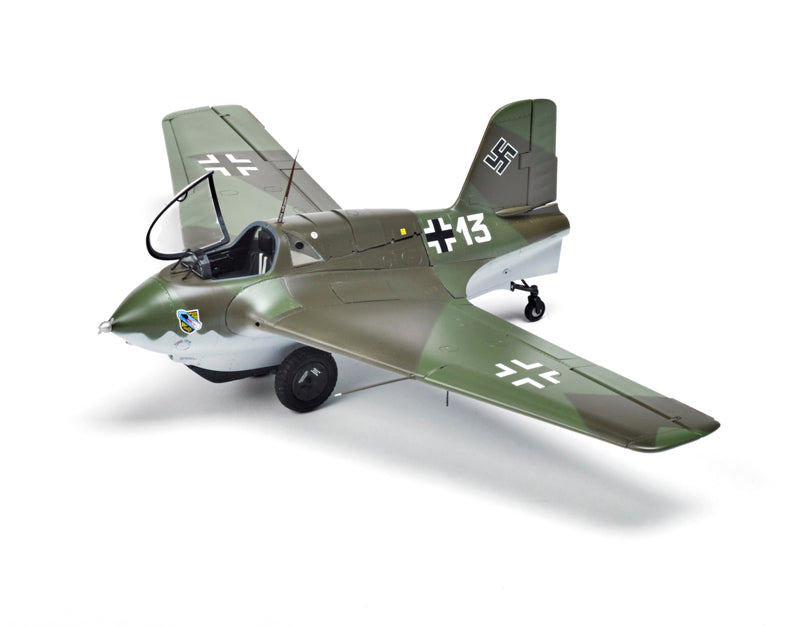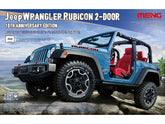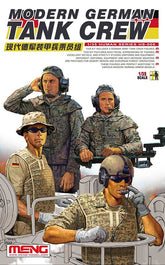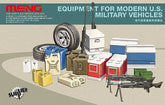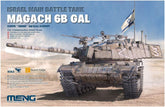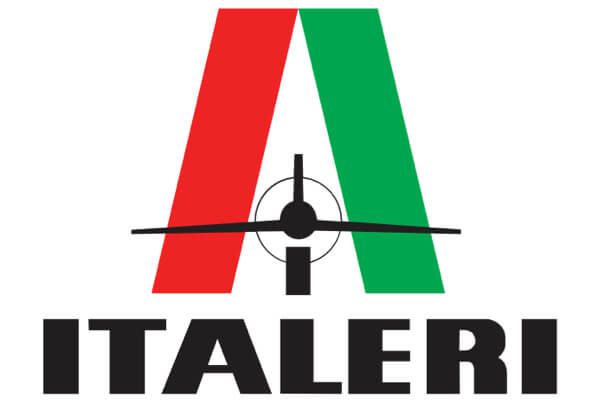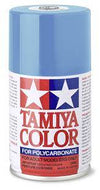Of all the unique experimental aircraft Germany developed and deployed at the end of World War II, the rocket-propelled Messerschmitt 163 Komethas to be the most extreme fighter the Luftwaffe flew in combat. Flown by only one unit, it was not widely seen by the Allies — but it must have created some surprised and incredulous reactions when it was encountered.
Meng’s Me 163B is cleanly molded in gray and black plastic with a well-appointed cockpit, detachable tail, detailed rocket motor, cannon options, and movable flying/control surfaces.
Studying the instructions, I could see the kit construction would be complex. I started with the cockpit. Photoetched-metal seat belts adorn the accurate but somewhat spartan cockpit. You have the option of enhancing the instrument panel with more photoetched metal.
The fuselage construction is complicated, with each side assembled from several parts. Small stubs are installed on each side to help attach the wing. The upper spine consists of three separate parts to allow you to display the fuel cell and ammunition compartment. If you decide not to display the interior detail, these panels need extra care to be glued into place for a smooth fit.
The rocket motor is a complex assembly. Take care, because some parts are very fragile. Unfortunately, after assembly much of the plumbing and wiring is not visible!
I followed the instructions in attaching the cockpit, fuel tank, and rocket motor to each other, then installing them in the fuselage. Make sure this assembly fits snugly in the fuselage to avoid problems closing the fuselage halves and attaching the wings.
The wings go together easily. There are separate flaps and slats you can position. The underwing flaps are photoetched metal.
I found attaching the wings to the fuselage a bit problematic. The recesses on the fuselage that take the wings are shallow, and I had trouble getting a gap-free fit. After several dry runs and sanding the wing-root edges, I eventually resolved the problem.
The cannon armament can be displayed through removable access panels on the wing. The shape and fit of these parts was less than perfect; it took a bit of sanding to improve the fit.
The landing gear and skid are multipart assemblies. You can display the skid lowered or retracted. Reference photos show a variety of positions. There is a similar choice for the tail wheel.
The completed model can be displayed in assembled configuration or with the tail removed to show the rocket motor. Display stands are provided for the latter option.
I painted my Komet with Hobby Color Luftwaffe acrylic paint. I like the way these paints match the semigloss of the original Luftwaffe paint finishes. Decals are given for three aircraft. These applied well over the semigloss paint with decal solution.
My primary reference was Messerschmitt Me 163Komet, by Bartlomiej Belcarz and Robert Peczkowski (Mushroom Model, ISBN 83-89450-51-8). Also useful was Luftwaffe Colours Vol. Five, Section 4: Jet Fighters and Rocket Interceptors, 1944-1945, by J. Richard Smith and Eddie Creek (Classic, ISBN 1-903223-52-0).
After completing my Komet in 28 hours, I was pleased with the result and happy to have an up-to-date kit to replace the old Hasegawa standby. While it’s not a kit for beginners, I can recommend it without reservation to intermediate modelers who are 1/32 scale Luftwaffe enthusiasts.
Note: A version of this review appeared in the April 2014 FineScale Modeler.

